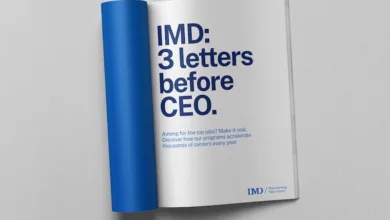Map devient l’agence digitale exclusive du Lausanne Hockey Club

Une même passion pour l’esprit d’équipe, c’est le dénominateur commun entre le Lausanne Hockey club et l’agence de communication map sa, qui, juste avant souffler sur sa 50ème bougie signe
un partenariat très prometteur avec le club de hockey lausannois.
map fonctionne comme une pieuvre perchée du haut des collines de Cossonay, pour œuvrer dans l’ombre et mettre en lumière les petites, moyennes et grandes entreprises du canton et d’ailleurs.
En ce milieu d’année, c’est donc en plein cœur de Lausanne que map a décidé d’agir, pour mettre à disposition ses compétences au service d’un club épique qui fait vibrer toute une région. C’est une occasion unique de mettre 49 ans d’expériences au service de ce club historique, mais également de marquer le LHC par l’innovation.








